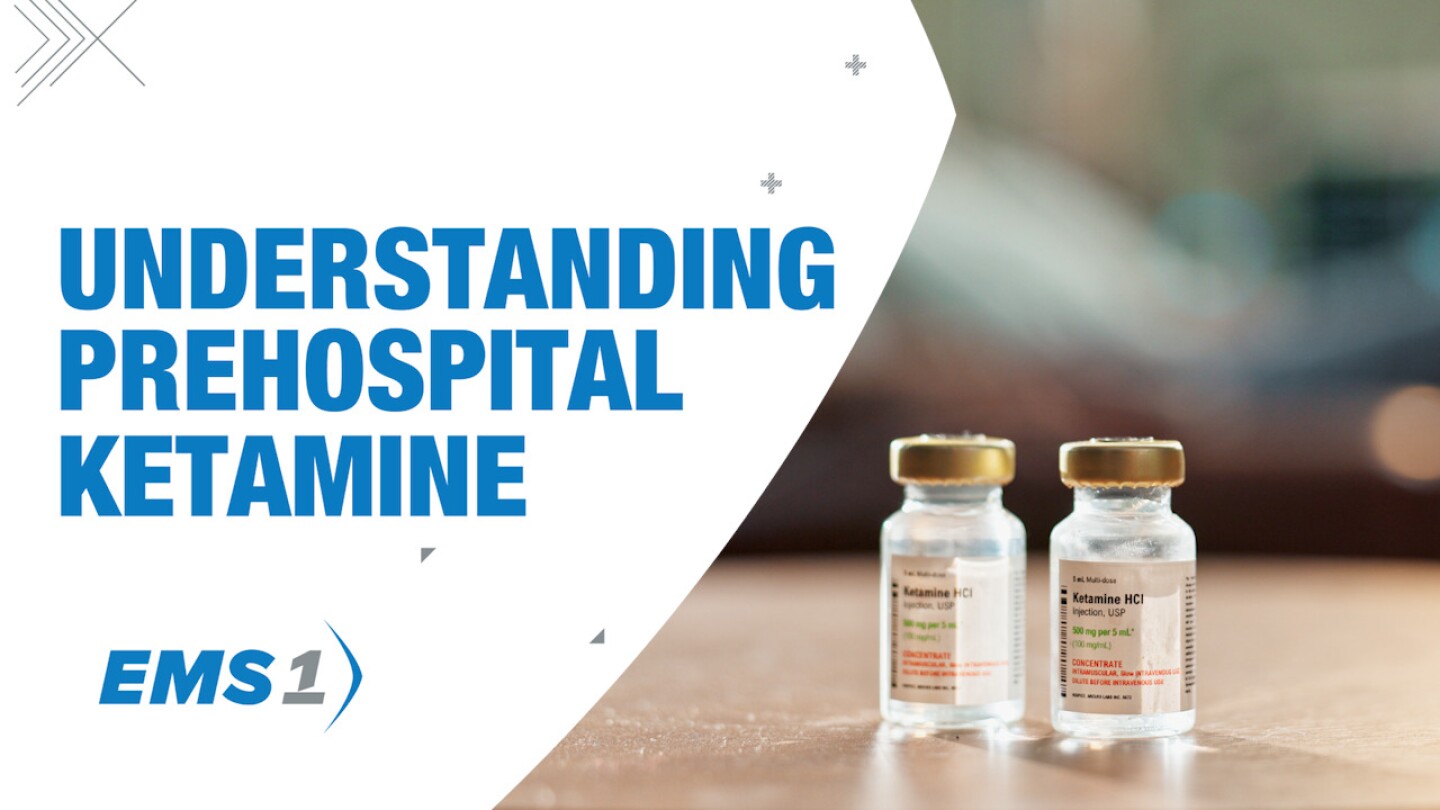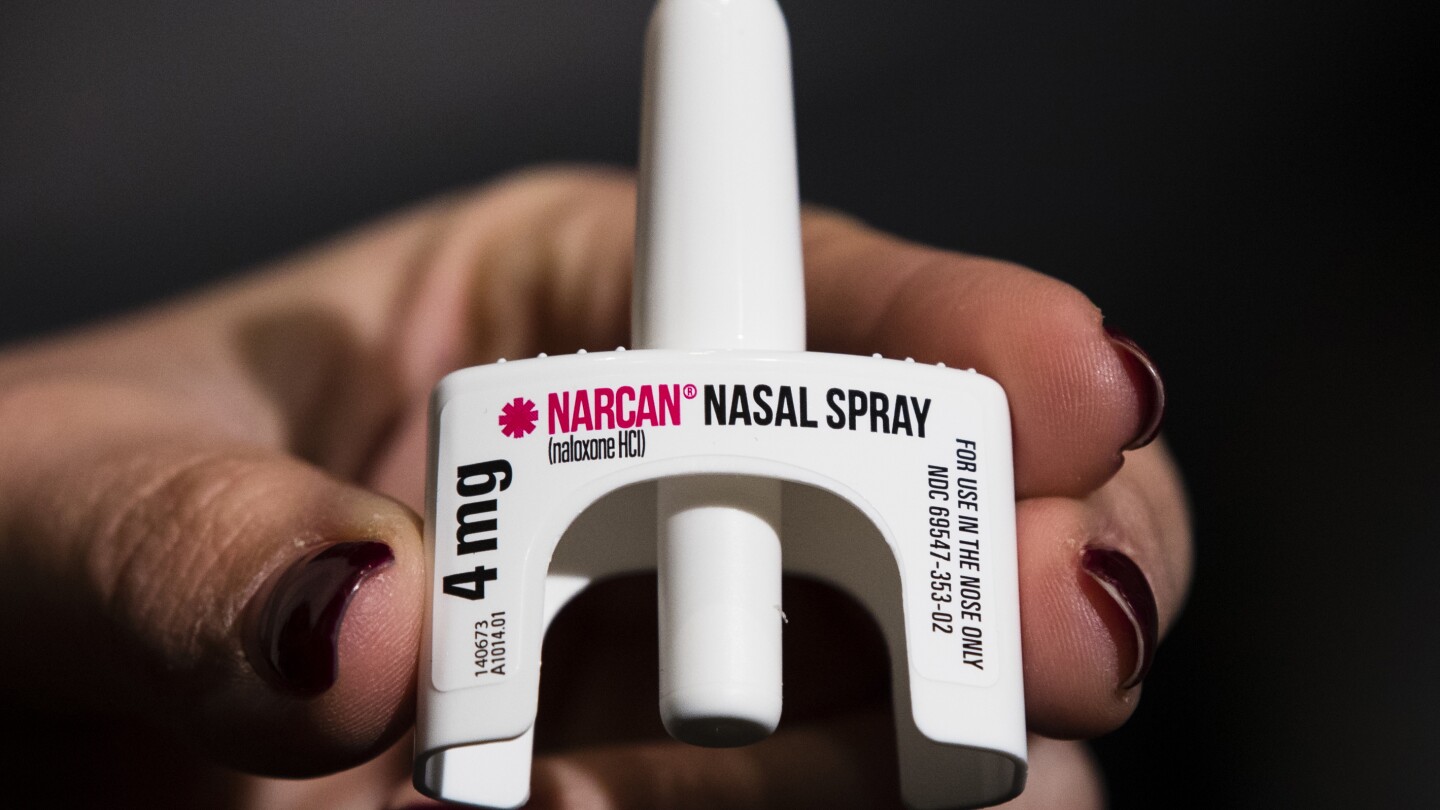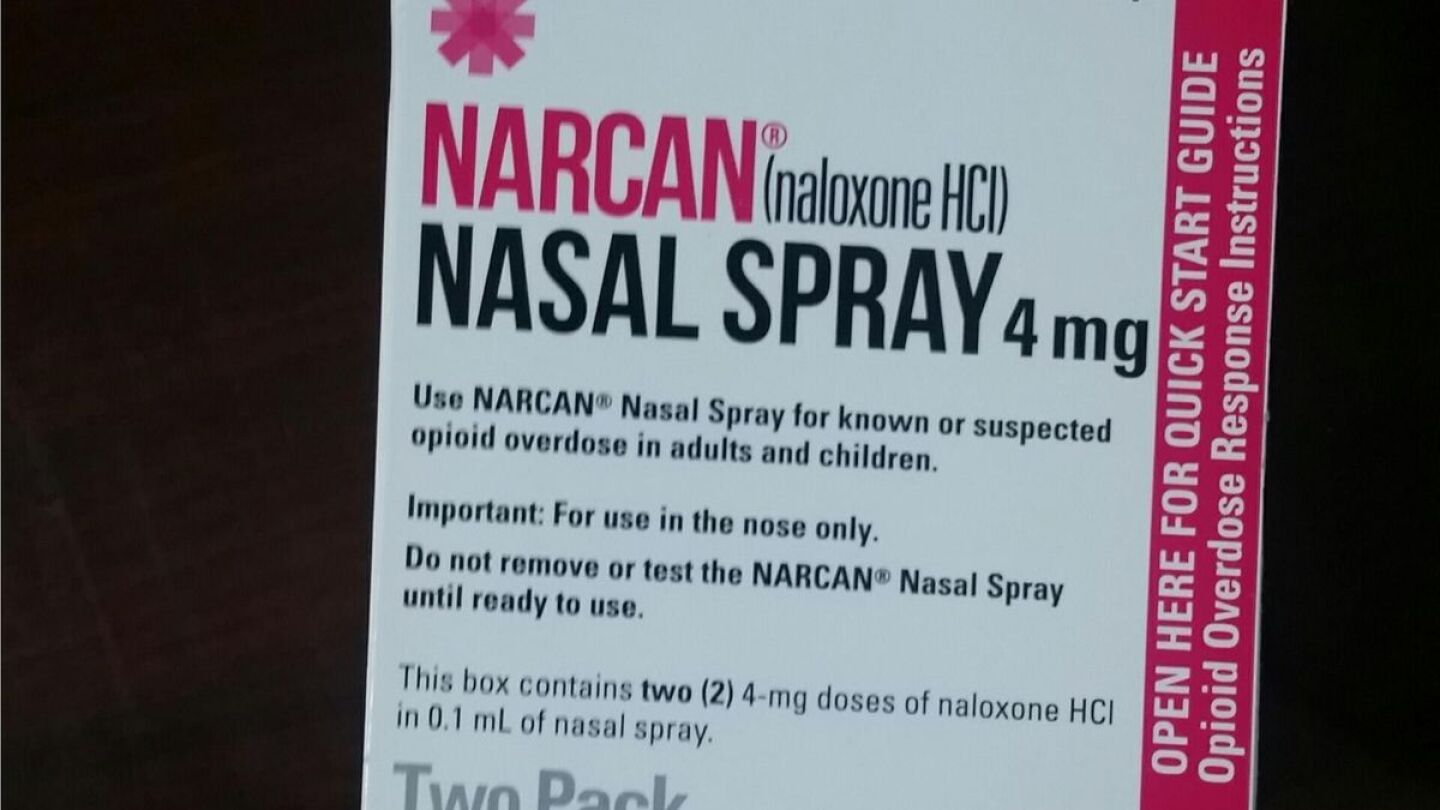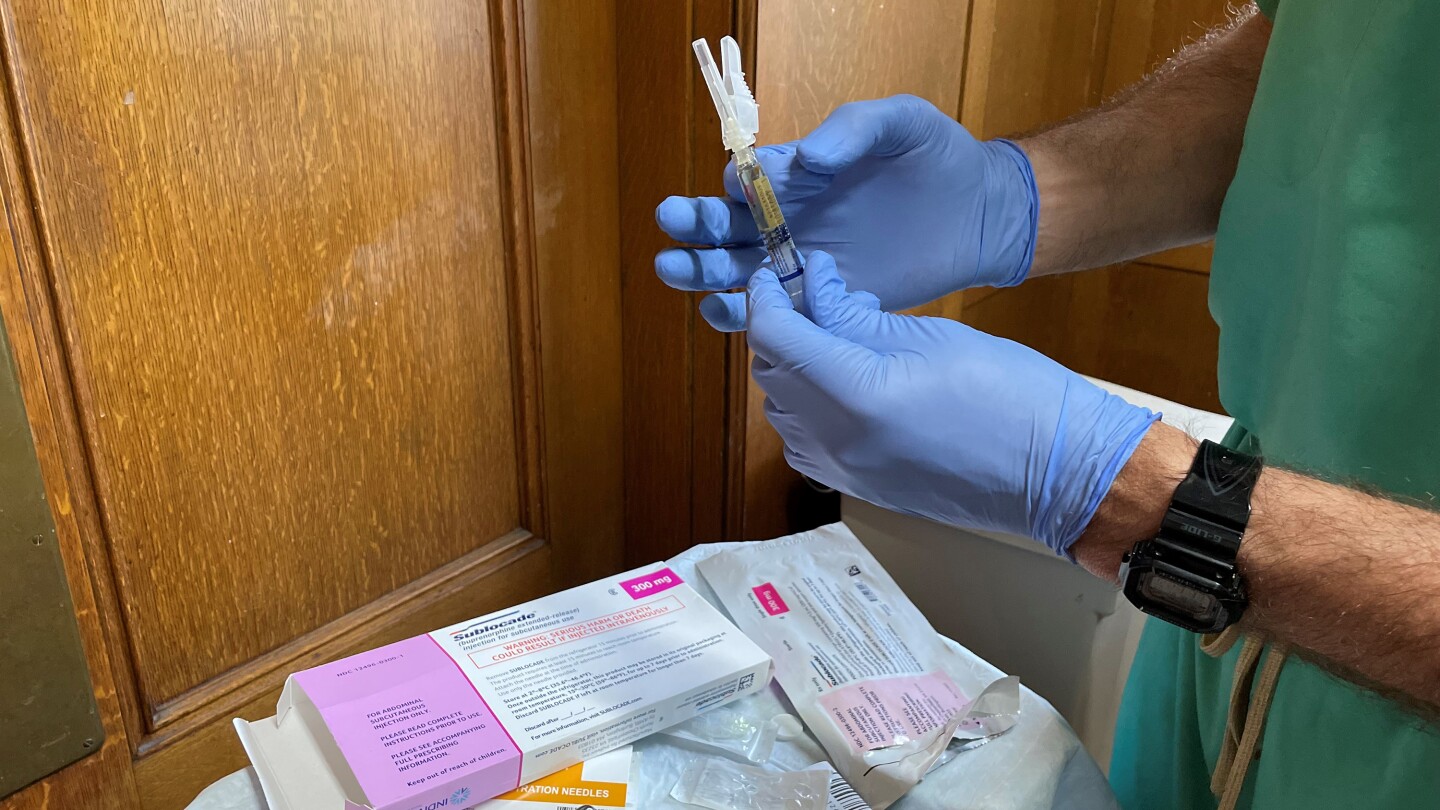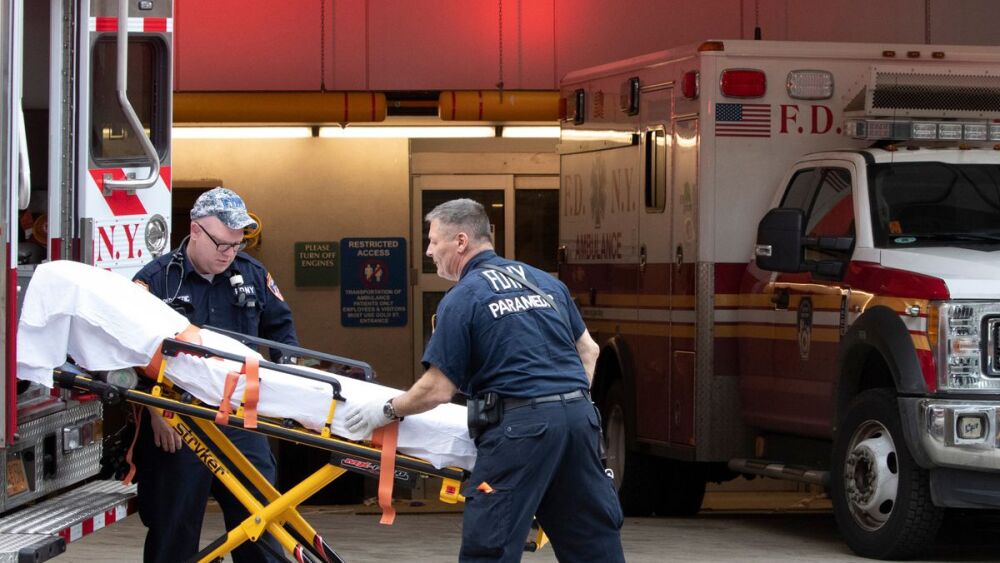Substance Use Disorders
This section provides EMS professionals with resources and training focused on identifying, managing and responding to patients with substance use disorders (SUDs). Articles cover recognition of drug and alcohol use in the field, treatment best practices, harm reduction strategies, and the evolving role of EMS in the opioid crisis. Learn how to address provider safety, compassion fatigue and stigma, while improving patient outcomes through evidence-based care and community partnerships.
Here are five ways EMS is leading the way and doing more to prevent death by suicide
From mobile units to paramedic scholarships, opioid funds are helping EMS fill critical gaps in care and staffing
Paramedic Peter Canning explains how harm reduction enables people to use safely until they are ready to quit
The video was shown in court during the trial of Daniel Penny, who placed Jordan Neely in a chokehold after he allegedly threatened to kill other subway train passengers
The Seattle Fire Department’s buprenorphine pilot program will now allow firefighter/EMTs to use the drug with patients experiencing severe opioid withdrawal
Officials worry about the future of the Naloxone Bulk Purchase Fund
Fentanyl and meth fuel rising deaths in Alaska, Nevada, Washington and Oregon, prompting harm reduction efforts and tougher prosecutions
Clark-Cowlitz Fire Rescue utilizes a two-person Cares Team to provide buprenorphine during overdose calls
Withdrawal symptoms tended to be far worse than those experienced by even the most severe heroin users of the past
The Los Angeles Unified School District released a statement saying “a group of students may have consumed a banned substance”
In the right patient, with a solid understanding of the pharmacology and a plan to address potential side effects, ketamine can be an incredibly useful tool for EMS
State health department officials credit naloxone availability as part of the success and say there is more work to do
How to navigate the opioid funding landscape to secure resources for opioid abatement, reimbursement and remediation expenses
A study by Ohio State University and the National Registry of EMTs highlights the importance of the public’s help and calls for more awareness
Firefighters assigned to Station 11 have responded to 599 overdoses compared to 36 structure fires through August of this year
Meth is showing up more often as a factor in the deaths of people who died from heat-related causes
LAFD personnel arrived at the Men’s Central Jail and upgraded the incident to a “multi-casualty incident”
The Frederick County Division of Fire and Rescue Services will install the first of four vending machines in Brunswick
NaphCare disputed the investigation findings but agreed to pay the larger part of a $650,000 settlement
Boxes and other receptacles are appearing in several states as a way to reduce opioid deaths
EMS Assistant Chief James U. Matz said firefighters respond to up to 6,000 opioid overdoses a year
When the conditions are ripe, the distinction between intoxication and a diabetic emergency can easily be blurred
Birmingham’s first responders teamed up with community healthcare partners to reduce deaths due to overdose
UC Davis Health researchers found an association between the use of naloxone and both the return of spontaneous circulation and survival to hospital discharge
An app-based approach simplifies operations for crews while boosting drug security
The presence of medetomidine was found in the systems of those who overdosed
Overdose deaths in Baton Rouge spiked during the COVID-pandemic and are now on a decline
Two officials with Monroe County’s Trauma Star air ambulance service were indicted by a grand jury on multiple charges centered on stolen drugs
Camden County officials said the decline is likely due to outreach efforts and agency collaborations
The Colorado Springs Fire Department is using grant funding to purchase and place 500 Narcan kits on apparatus and be available to AMR
The Vancouver Fire Department’s leave-behind program aims to reduce second overdoses among patients who initially refused treatment
Legislators look at the limited ways opioid settlement funds can be spent across the state
Seattle Fire Department medics responded to 253 overdoses in June 2024 compared to 386 in 2023
MOST POPULAR
- Should I stay, or should I go?
- On-demand webinar: Unlocking opioid settlement funding for public safety agencies
- Communities use old newspaper boxes for Naloxone distribution
- Philadelphia hospitals test new strategy for ‘tranq dope’ withdrawal
- Conn. officials add naloxone to AED locations across town












